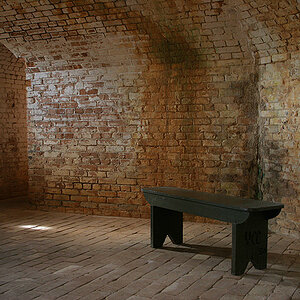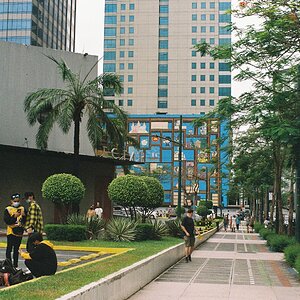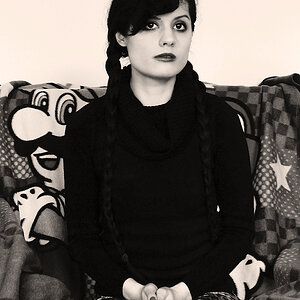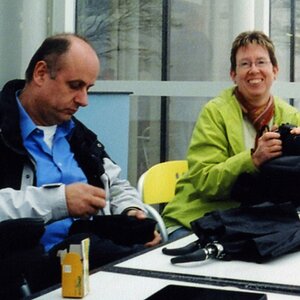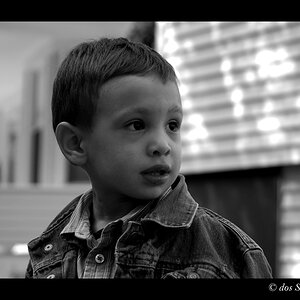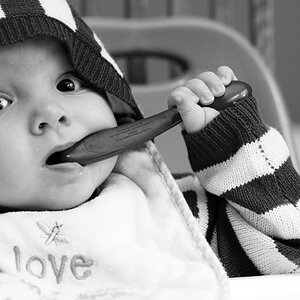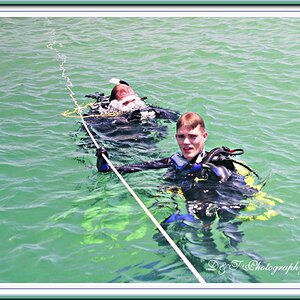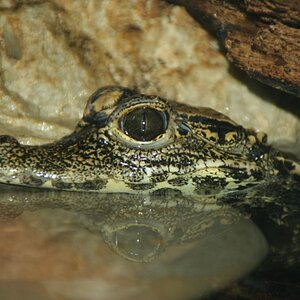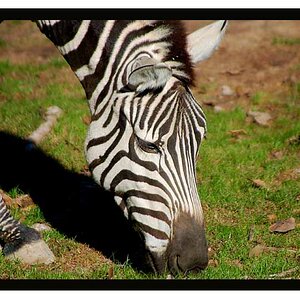Riki
TPF Noob!
- Joined
- Jun 18, 2017
- Messages
- 5
- Reaction score
- 0
- Can others edit my Photos
- Photos NOT OK to edit
Dear readers,
I have an EOS Canon Rebel SL1. I shoot in RAW+JPEG (highest quality. However the resolution is only 240dpi. I need it to be 300 for good print quality. How could I do this? The manual wasn't helpful in this regard and the Canon forum only answers e-mails for US citizens. I would appreciate an answer.
Thank you,
Riki
I have an EOS Canon Rebel SL1. I shoot in RAW+JPEG (highest quality. However the resolution is only 240dpi. I need it to be 300 for good print quality. How could I do this? The manual wasn't helpful in this regard and the Canon forum only answers e-mails for US citizens. I would appreciate an answer.
Thank you,
Riki



